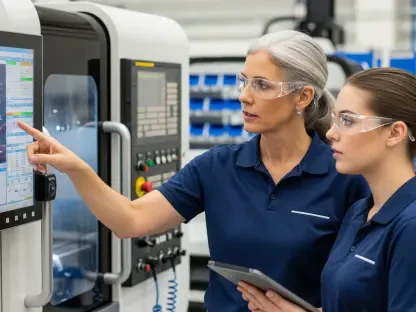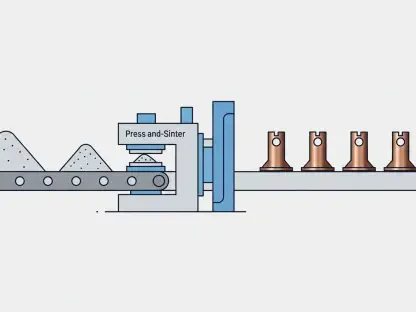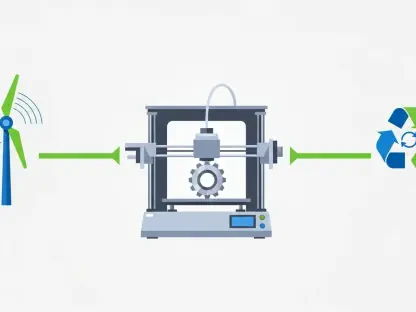A powerful wave of growth is sweeping through the U.S. pharmaceutical manufacturing industry, driven by significant financial commitments from leading companies. In a landscape evolving with staggering demand, pharmaceutical giants like Johnson & Johnson and Eli Lilly are spearheading this transformation by pledging more than $270 billion to reshape the way drugs are produced domestically. The roots of these innovations, however, date back several years, germinated by vulnerabilities in global supply chains, strikingly brought to light during the COVID-19 pandemic. As more Americans live longer, the need for reliable drug availability has never been more pressing. The impending expiration of vital drug patents further intensifies the necessity for increased production, placing pressure on existing infrastructures to adapt swiftly to these changes. Furthermore, threats of tariffs on imported pharmaceuticals from recent administrations catalyzed a shift towards re-regionalizing manufacturing, aligning corporate strategies with national objectives.
Strategic Realignment and Investment
At the forefront of this substantial investment wave, industry leaders like Johnson & Johnson and Eli Lilly are leveraging capital infusions of $55 billion and $50 billion, respectively. Their strategic goals are aligned with relocating vital production capabilities to U.S. soil, a move seen as crucial to mitigating disruption risks. The industry is undergoing a paradigm shift, transitioning from global manufacturing traditions to a new era focused on regional supply chains, a sentiment echoed by industry expert Jose Jimenez of Gilbane. This strategic realignment not only aims to enhance resilience against supply chain vulnerabilities but also to anticipate tariffs and import restrictions that could impact long-term growth. Johnson & Johnson’s and Eli Lilly’s proclamations are indicative of a broader movement where major players seek to consolidate their operations closer to their consumer base. Despite these publicized numbers, the real investment figures might be significantly higher, as many companies adopt a discreet stance in revealing their comprehensive strategies.
Future Outlook and Expert Insights
The U.S. pharmaceutical manufacturing industry is experiencing rapid expansion, fueled by substantial investments from major corporations. Faced with heightened demand, firms like Johnson & Johnson and Eli Lilly are committing over $270 billion to revolutionize domestic drug production. These developments stem from longstanding global supply chain weaknesses, which were sharply highlighted by the COVID-19 pandemic. As the American population ages, the need for dependable access to medications becomes crucial. The approaching expiration of critical drug patents necessitates increased manufacturing capacities, pressuring current infrastructures to adapt quickly. Additionally, the threat of tariffs on imported pharmaceuticals from recent administrations has spurred a focus on regional manufacturing, aligning corporate strategies with national aims. As companies bolster U.S. production, they not only address supply chain issues but also reinforce national drug security, ensuring consistent access to essential medicines for the growing population.









